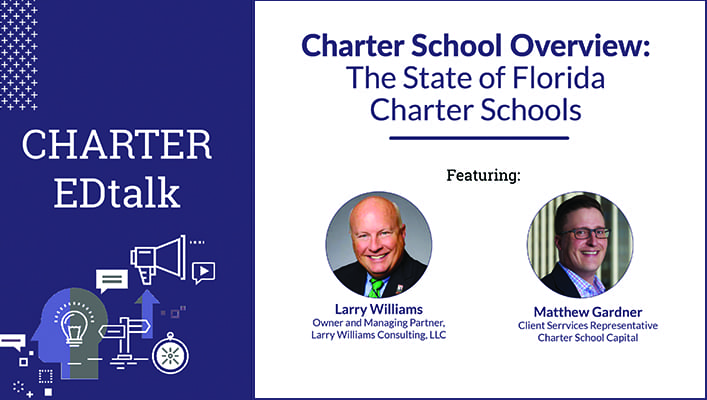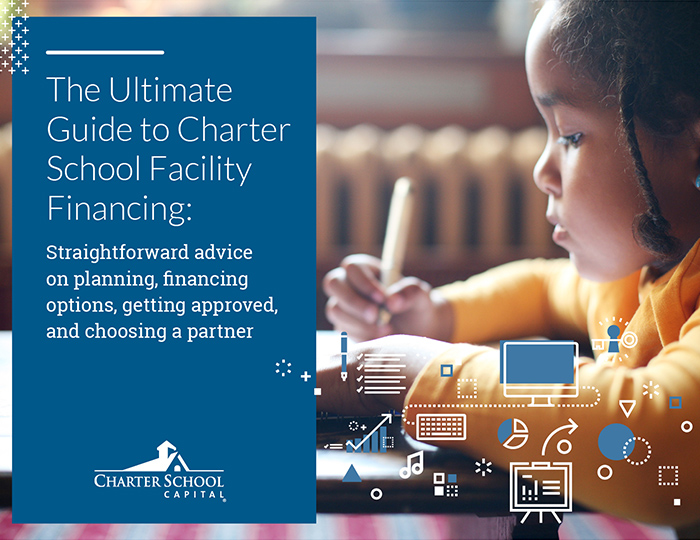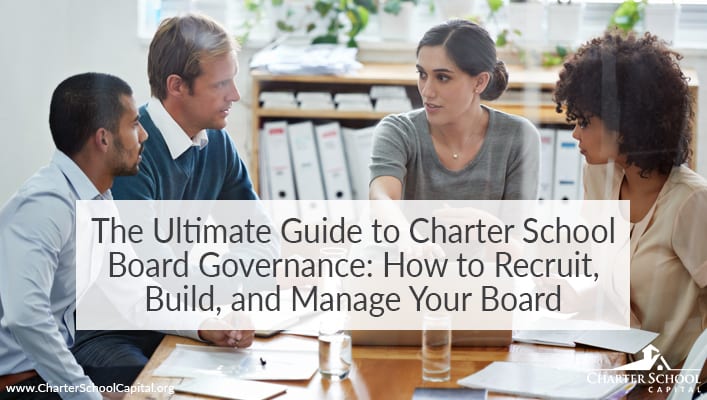Effective charter school governance depends on strong partnerships between boards and their CEOs built on mutual trust, clear expectations, and continuous feedback. A comprehensive year-round evaluation process ensures leaders feel valued while maintaining accountability for organizational performance and student outcomes.
Why CEO Evaluation Matters for Charter Schools
The Foundation of Effective Leadership
Charter school CEOs manage complex organizations requiring both educational expertise and business acumen. Unlike traditional public school principals who focus primarily on instruction, charter CEOs handle fundraising, facilities, financial management, board relations, and regulatory compliance alongside educational leadership.
Benefits of Structured Evaluation:
- Higher CEO engagement, productivity, and retention
- Stronger organizational performance and stability
- Clear communication of board expectations and priorities
- Professional development opportunities aligned with school needs
- Documentation for board governance and accountability
Leader Expectations and Desire for Feedback
Experienced charter school leaders actually want comprehensive evaluation from their boards. CEOs who invest significant time training and evaluating their staff expect similar professional development support from their governing body.
Common CEO Frustrations:
- Lack of clear performance expectations or feedback
- Inconsistent or last-minute evaluation processes
- Board focus on problems without recognition of successes
- Missing professional development and goal-setting opportunities
Pre-Evaluation Foundation Requirements
Clear Job Description and Expectations
Before implementing any evaluation process, ensure your CEO has a current, board-approved job description that accurately reflects their responsibilities and organizational expectations.
Essential Job Description Elements:
- Educational leadership and program oversight
- Financial management and budget responsibility
- Board relations and governance support
- Facilities and operations management
- Community relations and enrollment management
- Compliance and regulatory requirements
- Staff management and professional development
Annual Review Process: Job descriptions should be reviewed and updated annually to reflect changing organizational needs, growth, and evolving responsibilities.
Measurable Goals and Performance Standards
Goals provide the specific metrics against which CEO performance is measured, translating broad job responsibilities into actionable, measurable outcomes.
Goal Categories:
- Academic performance and student achievement targets
- Enrollment and retention objectives
- Financial management and budget performance
- Operational efficiency and compliance measures
- Professional development and leadership growth
- Community engagement and stakeholder satisfaction
Implementing a Year-Round Evaluation System
Establishing the CEO Support & Evaluation Committee
Committee Composition:
- Board chair (essential member)
- Trustee with HR or management experience
- Third member appointed by board chair
- Committee chair (preferably not the board chair for checks and balances)
Committee Responsibilities:
- Developing evaluation timeline and process
- Coordinating data collection and feedback
- Synthesizing board input into actionable feedback
- Supporting CEO professional development throughout the year
- Presenting evaluation results and recommendations to full board
Creating an Effective Timeline
Backward Planning Process: Map your evaluation timeline backward from desired completion date, accounting for:
- State testing periods and school calendar constraints
- CEO availability for self-evaluation and reflection
- Board meeting schedules and member availability
- Time for thorough data collection and analysis
- Professional development planning and goal setting
Board Approval: Present the complete timeline to the full board for formal approval, ensuring all trustees understand the process and their roles.
Evaluation Tools and Instruments
Choosing Appropriate Assessment Methods
Evaluation Tool Criteria:
- Designed specifically for charter school leadership roles
- Tested and refined through multiple implementations
- Consistent format enabling year-over-year comparisons
- Comprehensive coverage of CEO responsibilities
- User-friendly for board members and direct reports
Multi-Source Feedback: The same evaluation instrument should be completed by:
- The CEO (self-evaluation)
- All board members
- CEO’s direct reports
- Selected stakeholders (optional, based on school size and structure)
Supplementary Data Points
Organizational Performance Metrics:
- Academic achievement data and state assessment results
- Financial performance including budget management and audit results
- Enrollment trends and student retention rates
- Staff satisfaction and retention data
- Parent and community satisfaction surveys
- Compliance records and authorizer feedback

Documentation Portfolio: Encourage CEOs to compile evidence supporting their self-evaluation ratings, such as:
- Clean audit reports for financial management ratings
- Academic achievement data for educational leadership
- Successful project completions for operational management
- Professional development participation for leadership growth
Evaluation Process Implementation
CEO Self-Evaluation
Process Benefits:
- Provides insight into CEO self-awareness and reflection
- Identifies areas where CEO may be overly critical or lenient
- Establishes baseline for board evaluation discussions
- Demonstrates CEO commitment to professional growth
Sharing Strategy: CEO self-evaluations should be shared with board members before they complete their evaluations, providing context and potentially revealing blind spots or areas of disagreement.
Board and Direct Report Evaluations
Full Board Participation: All trustees should complete the evaluation, not just officers or committee members. This ensures comprehensive feedback and prevents evaluation from being influenced by individual board member relationships with the CEO.
Direct Report Integration: Including feedback from CEO direct reports provides valuable perspective on leadership effectiveness and management style from those who work most closely with the CEO.
Results Analysis and Communication
Board Consensus Building
Unified Voice Development: Even when board members disagree on specific ratings, work toward consensus on overall messages and priorities for CEO development.
Summary Documentation: Create written summary highlighting:
- Areas of strong performance and board appreciation
- Specific areas for improvement and development
- Clear priorities for the coming year
- Resources and support the board will provide
Feedback Delivery
In-Person Meeting: Schedule dedicated time for face-to-face discussion of evaluation results, ideally with the CEO Support & Evaluation Committee rather than the full board.
Written Feedback Timing: Some CEOs prefer receiving written feedback before the meeting for reflection; others prefer discussing results first then receiving documentation. Determine what works best for your leader.
Goal Setting and Action Planning

Developing Next Year’s Objectives
Goal Categories:
- Personal professional development objectives
- Organizational performance targets
- Specific improvement areas identified through evaluation
- Strategic initiatives aligned with school mission
SMART Goal Framework: Ensure all goals are Specific, Measurable, Achievable, Relevant, and Time-bound to enable effective progress monitoring throughout the year.
Professional Development Planning
Development Opportunities:
- Leadership training and certification programs
- Industry conferences and peer learning networks
- Executive coaching or mentoring relationships
- Cross-functional skill development (finance, governance, etc.)
Board Support: Identify how the board will support CEO development through resources, funding, time allocation, and ongoing feedback.
Continuous Improvement and Support
Ongoing Communication
Regular Check-Ins: Establish quarterly or mid-year progress reviews to discuss goal advancement, emerging challenges, and additional support needs.
Committee Support: The CEO Support & Evaluation Committee should maintain regular contact with the CEO throughout the year, not just during formal evaluation periods.
Process Refinement
Annual Process Review: Evaluate the effectiveness of your evaluation process annually, gathering feedback from participants and making improvements for future cycles.
Documentation and Consistency: Maintain records of evaluation results year-over-year to track progress, identify trends, and ensure consistency in expectations and feedback.
Building Stronger Board-CEO Partnerships
Effective CEO evaluation strengthens the partnership between boards and their leaders by establishing clear expectations, providing meaningful feedback, and supporting professional growth. When implemented consistently and thoughtfully, these processes contribute to stronger organizations better positioned to serve students and communities.
The investment in comprehensive CEO evaluation pays dividends in leadership effectiveness, organizational stability, and ultimately, improved outcomes for the students and families charter schools serve.
Success requires commitment from both boards and CEOs to engage authentically in the process, viewing evaluation as a tool for growth rather than judgment, and maintaining focus on the shared mission of educational excellence.











